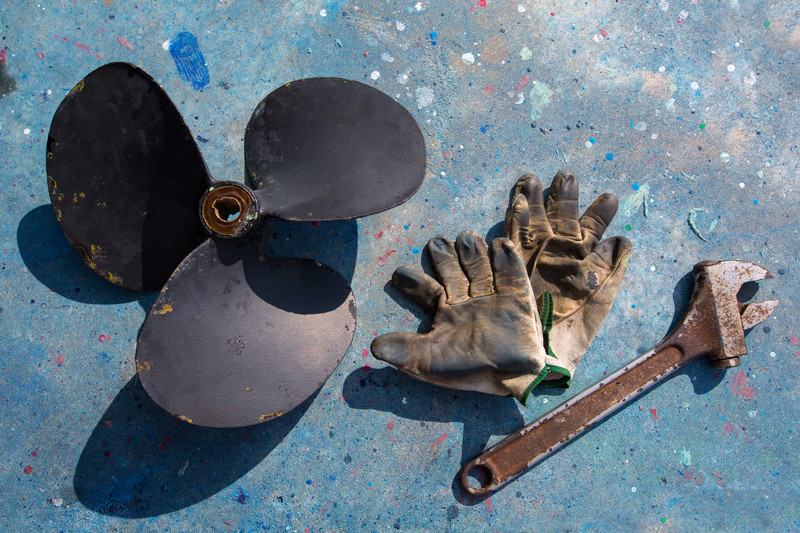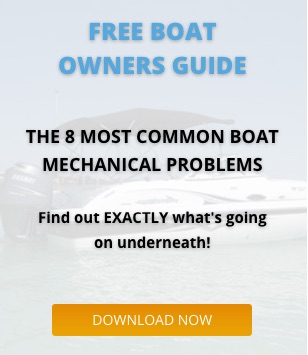Some problems with your boat can be put off until the next scheduled maintenance or when you get around to it. However, some are more urgent, and can cause more serious damage to the boat or its engine if not fixed immediately. We list the top eight problems that you should always get fixed ASAP.
Oil leaks in the bilge
Oil in your boat’s bilge points to a problem in the engine, as well as potential oil pollution if the bilge is flushed into a waterway or the ocean – which could land you with fines. If you find oil in the bilge:
- Clean it up.
- See if the oil reappears while the engine is not running.
- If not, start the engine and see if the oil reappears.
- Check lubricant levels in the engine and auxiliaries.
- Try to establish where the oil leak is occurring.
Salt water in the bilge
If there is enough salt water in the bilge that you can clearly see it (rather than just feeling dampness), you could have a serious issue. You should:
- Pump out the water in the bilge.
- Reinspect in one hour – has the water returned?
- If not, reinspect in 24 hours – has the water returned?
Water-contaminated fuel
Whether your boat runs on diesel or petrol, water contamination in the fuel can cause your engine to run inefficiently or cut out – not something that you want happening out on the water. To check for water contamination:
- Remove the spin-off or primary filter.
- Tip the contents into a container – preferably one with clear sides (eg. glass jar).
- Let the contents settle for a few minutes.
- See if water separates out from the fuel.
Bacteria-contaminated fuel
There are some bacteria out there that love diesel – and they can cause some serious problems. If they’ve built up in your fuel tank or lines, their byproducts can corrode engine parts and clog fuel feeds. To look for bacteria contamination:
- Remove the spin-off or primary filter.
- Tip the contents into a container – preferably one with clear sides (eg. glass jar).
- Let the contents settle for a few minutes.
- Look for a slimy film on top of the fuel, or sludge settling near the bottom. Both of these are common signs of bacteria contamination.
Charles shows us how contamination in fuel can settle to the bottom of your tank and cause intermittent problems as you rise to the plane and the reverse.
Float switch not working
Float switches control the level of water in the bilge by automatically turning on the bilge pump when the water level rises. These should be checked once a month to keep your boat maintenance up to date for insurance purposes. To check a float switch:
- Lift the switch slowly.
- The switch should activate the bilge pump.
- Repeat until all float switches have been tested.
Flat battery
Check the links between your boat’s shore power and its battery. Make sure the battery is charging fully every time, so that if any storm damage occurs to the hull, the bilge pumps can handle the emergency.
Barnacled hull
Barnacles on your boat’s hull can not only reduce its hydrodynamics – they can also cause corrosion that’s difficult to halt once it’s started. To avoid this:
- Check your hull regularly for signs of barnacle attachment.
- If you find any, remove them and apply new anti-foul all over the hull.
Low oil levels
Check the oil levels in your engine regularly, and especially before departing on a trip. Low oil levels can leave your engine insufficiently lubricated at a crucial moment, leaving you stranded. Top up the oil if it’s low.



